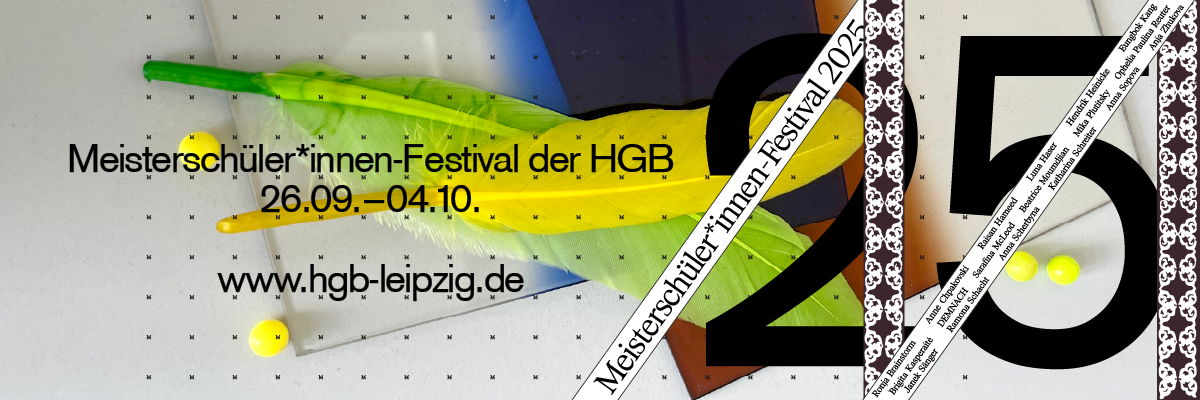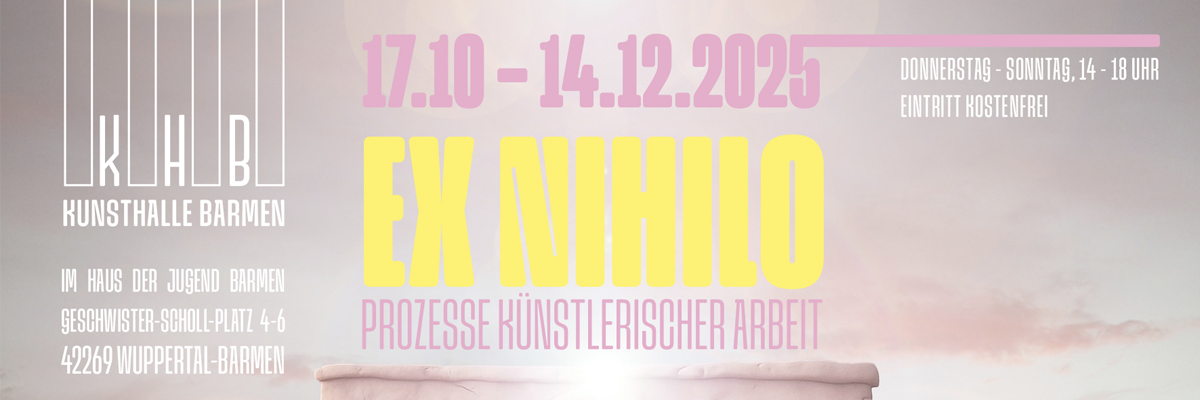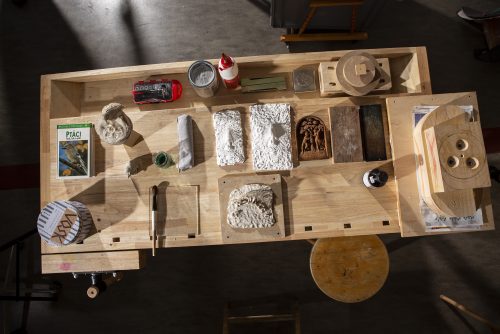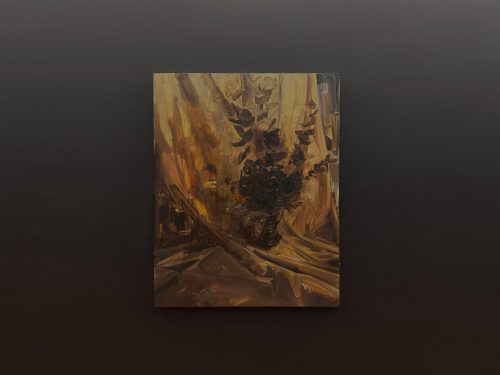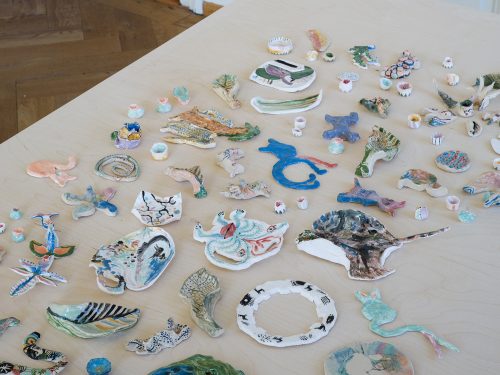
Jeff Koons, Travis John Ficarra
Sweet World 1
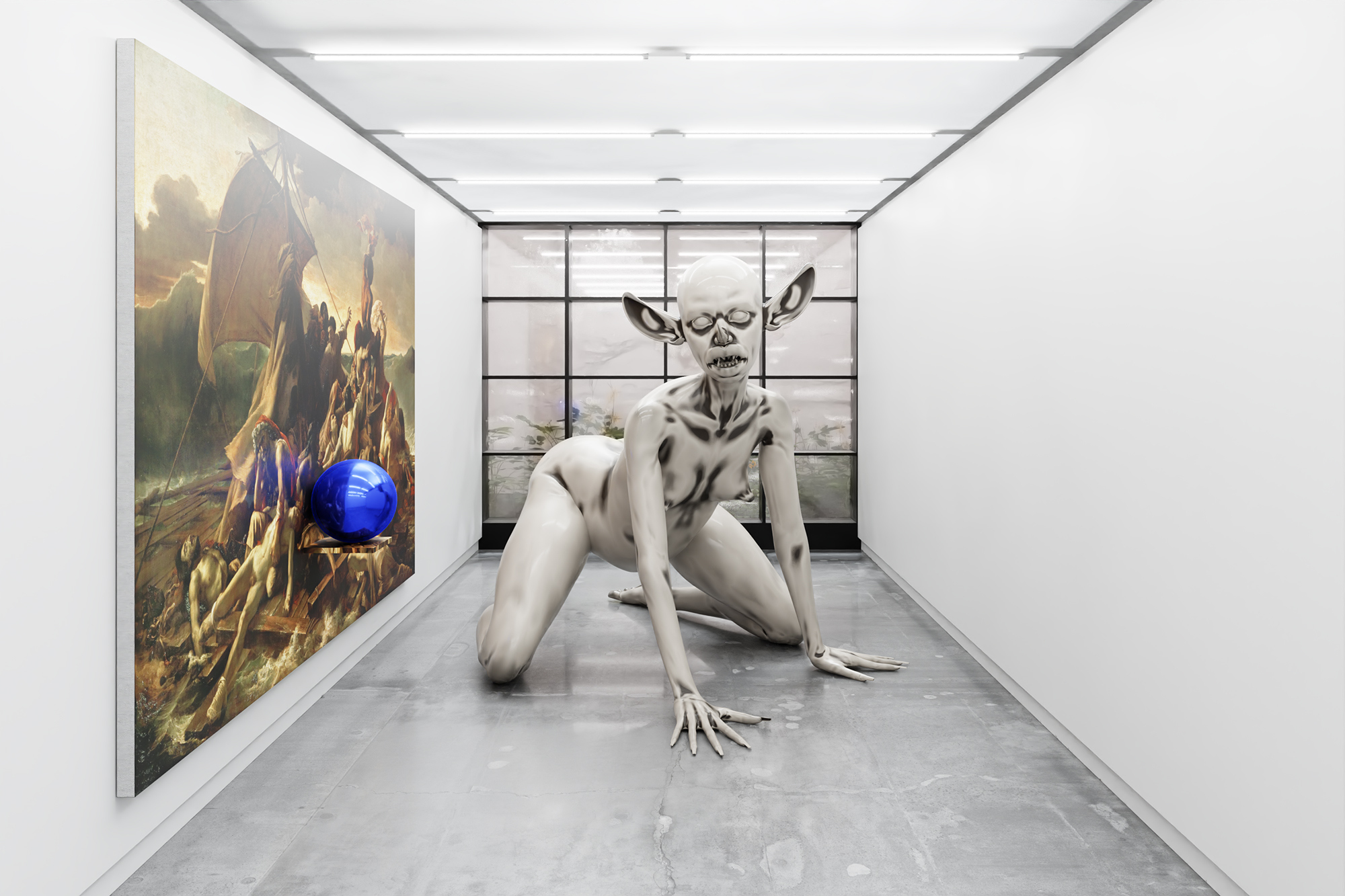
Advertisement
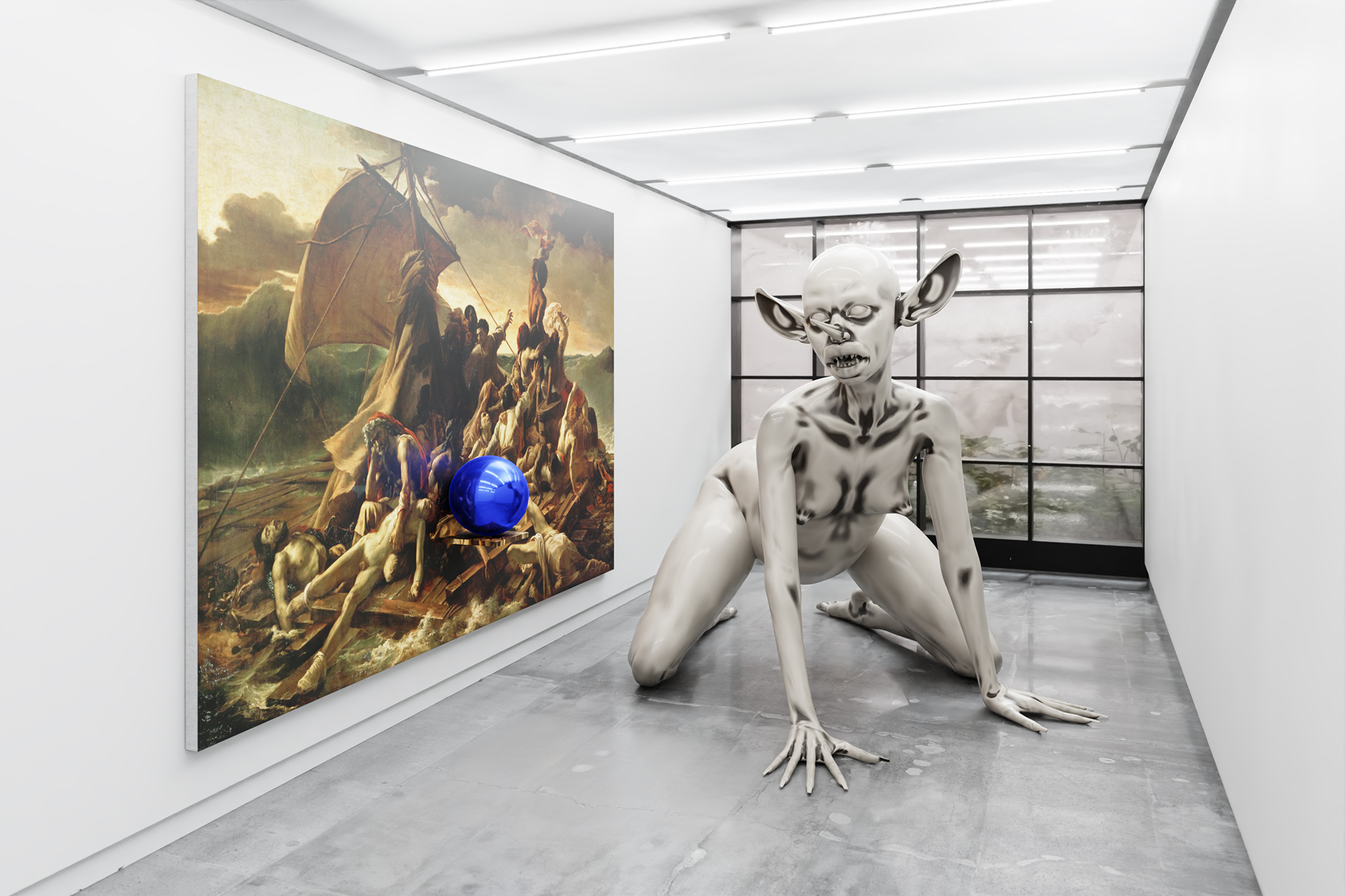
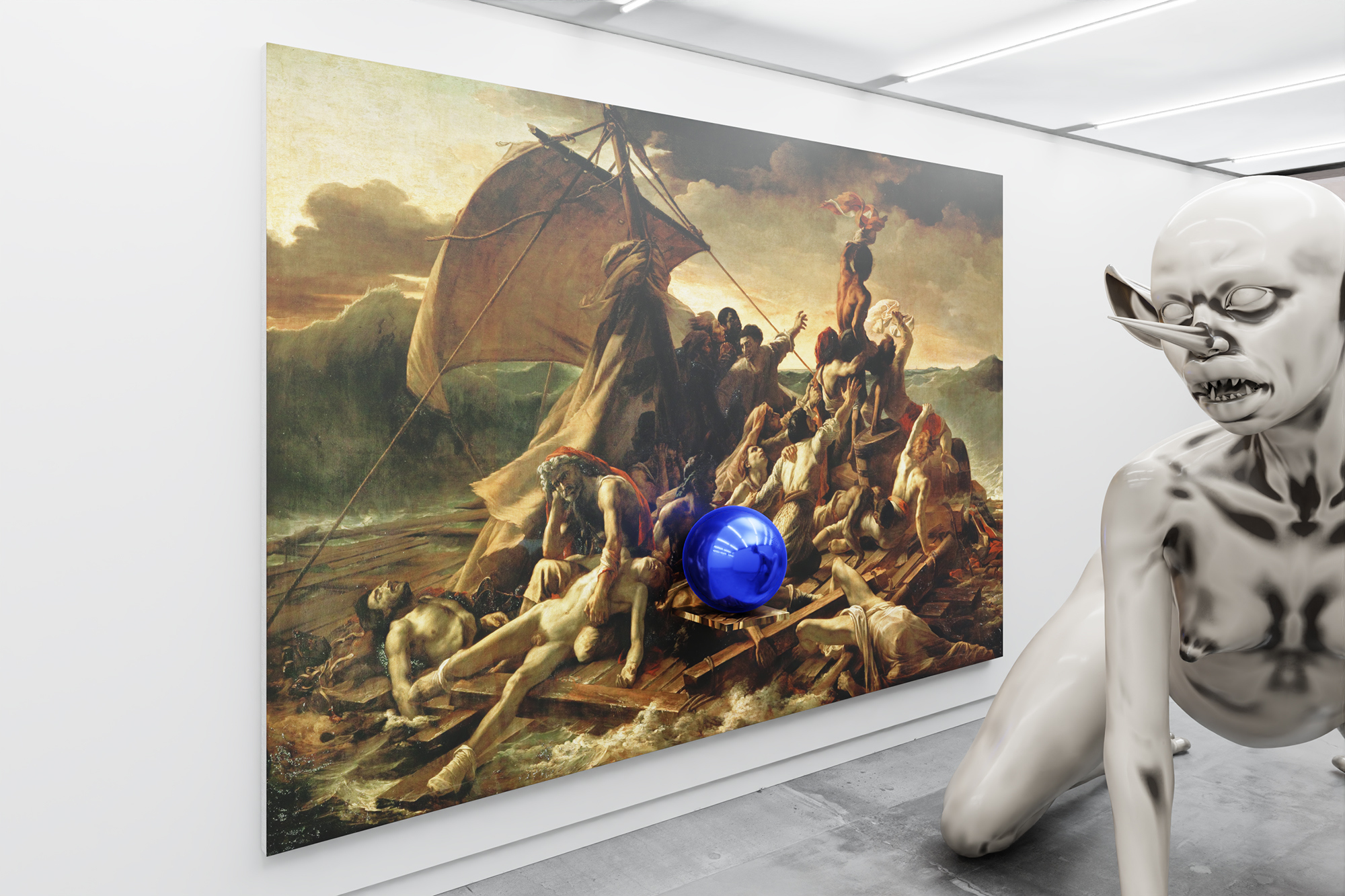
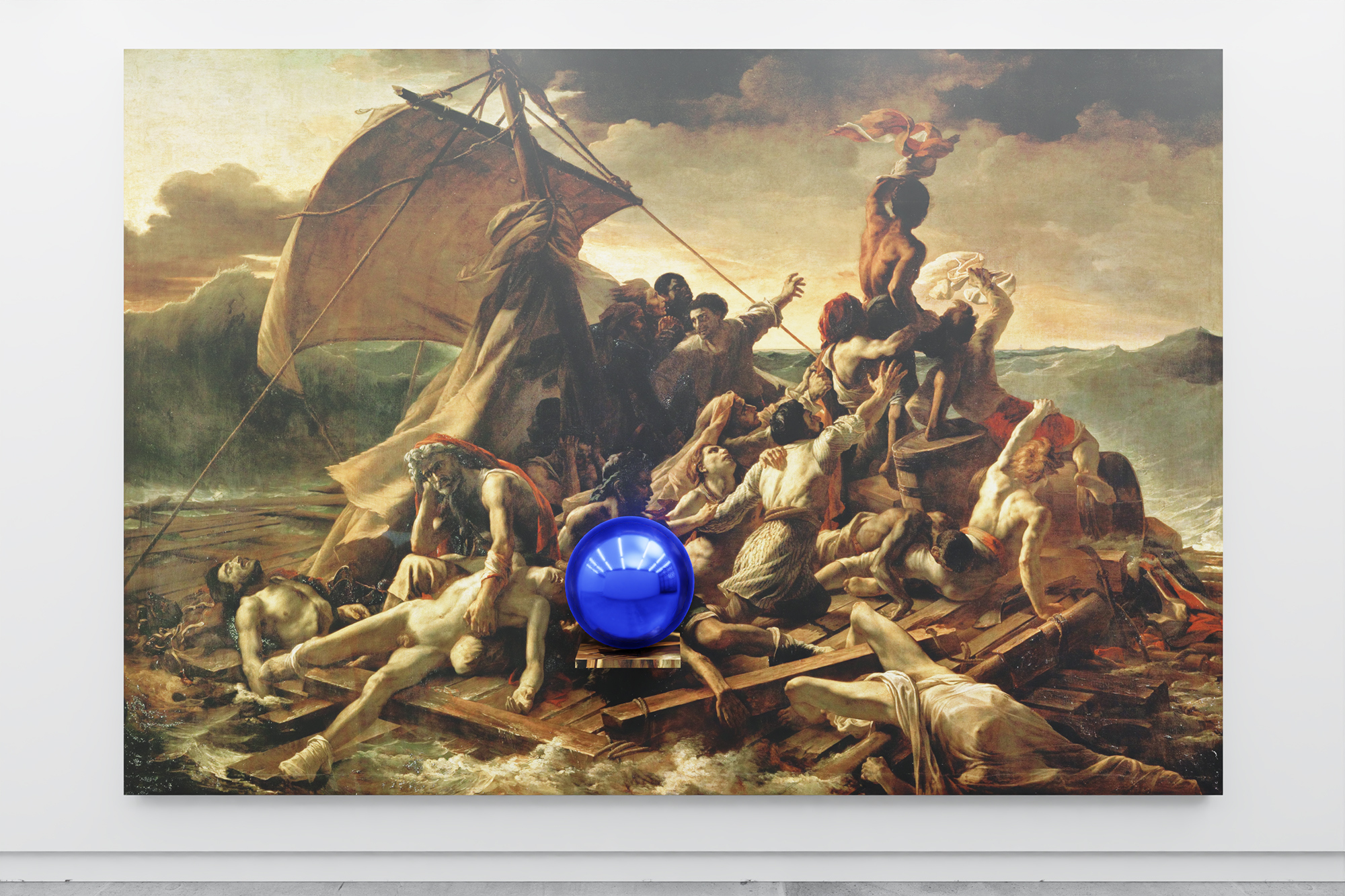
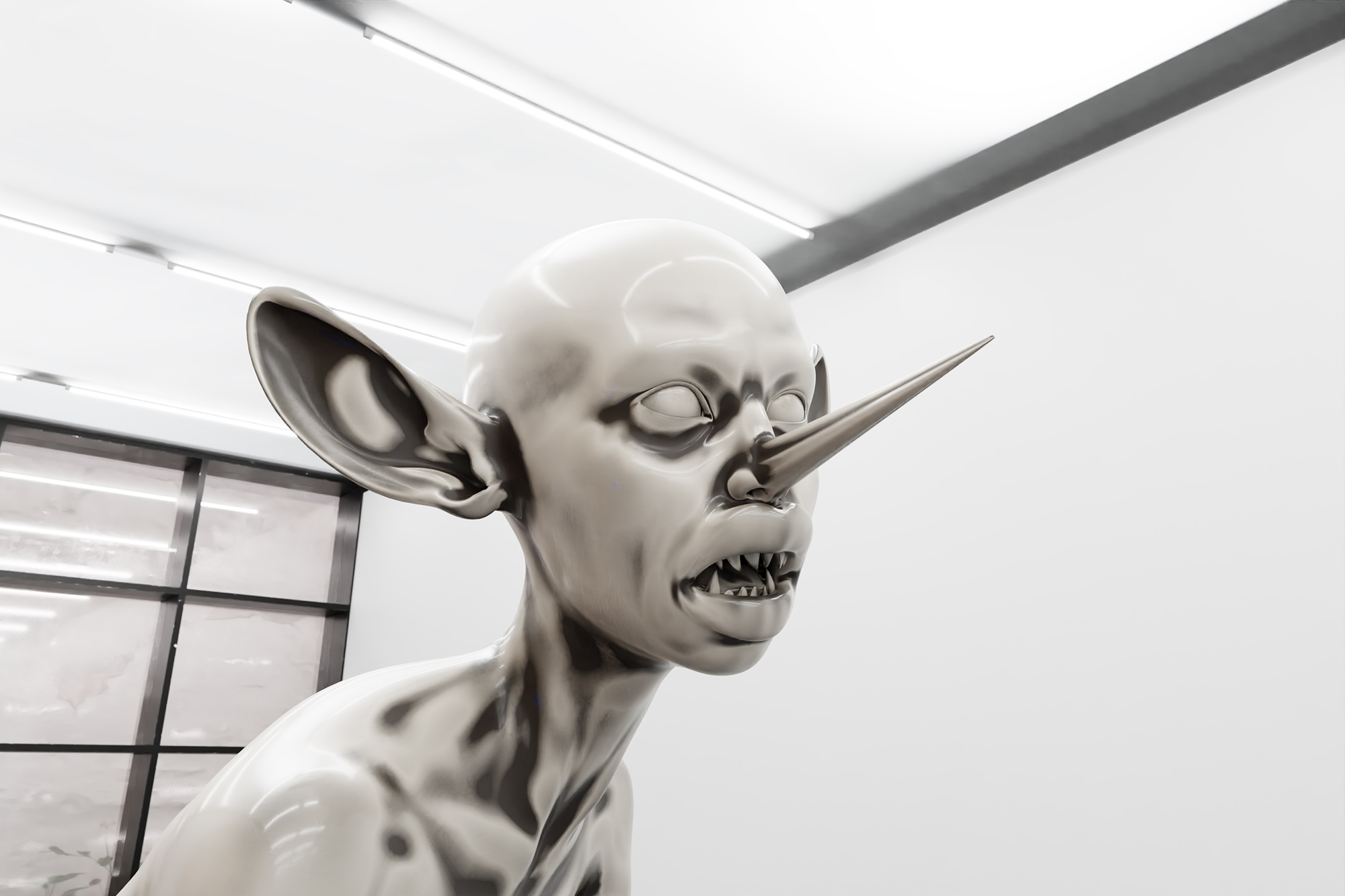
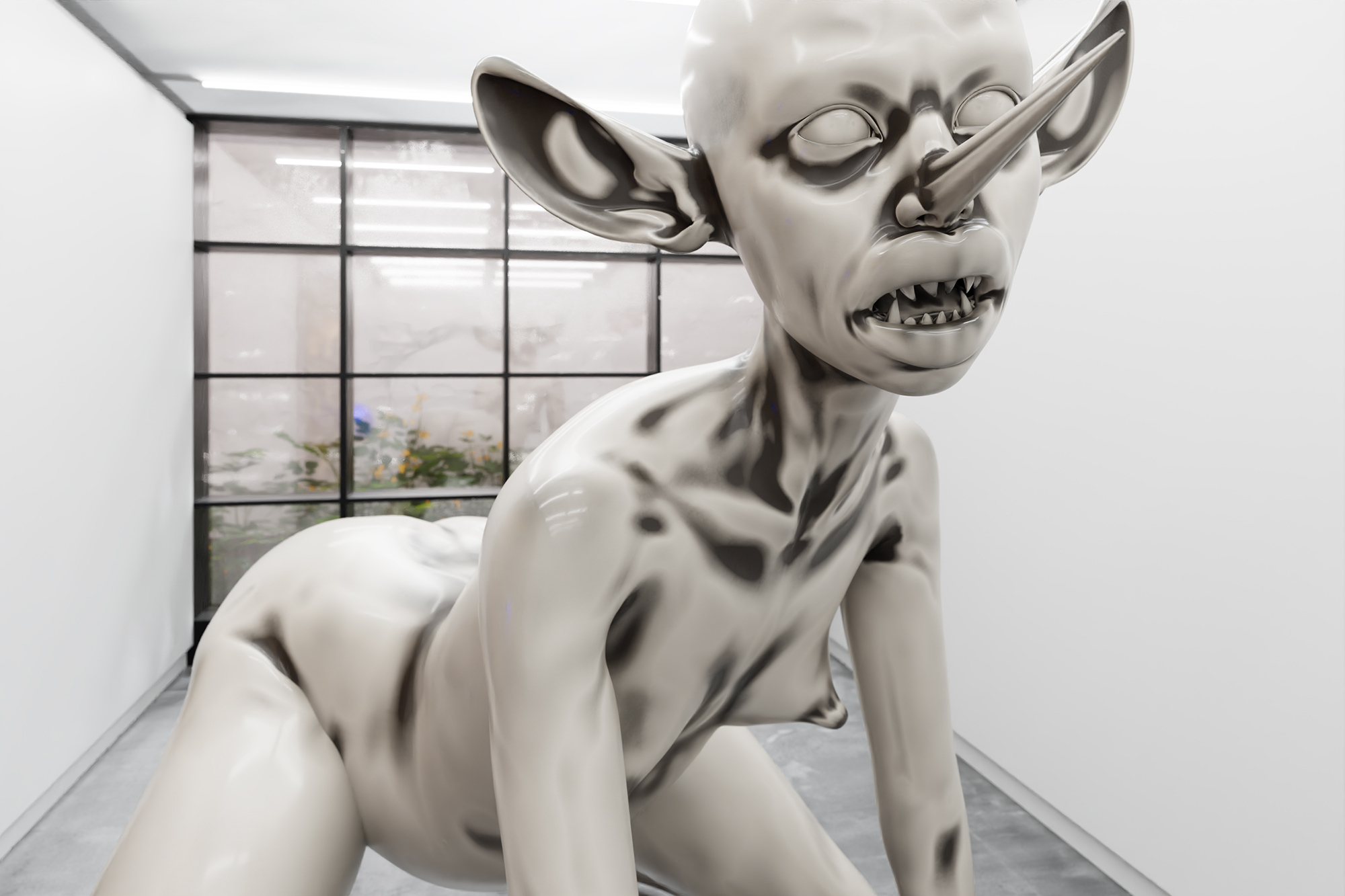
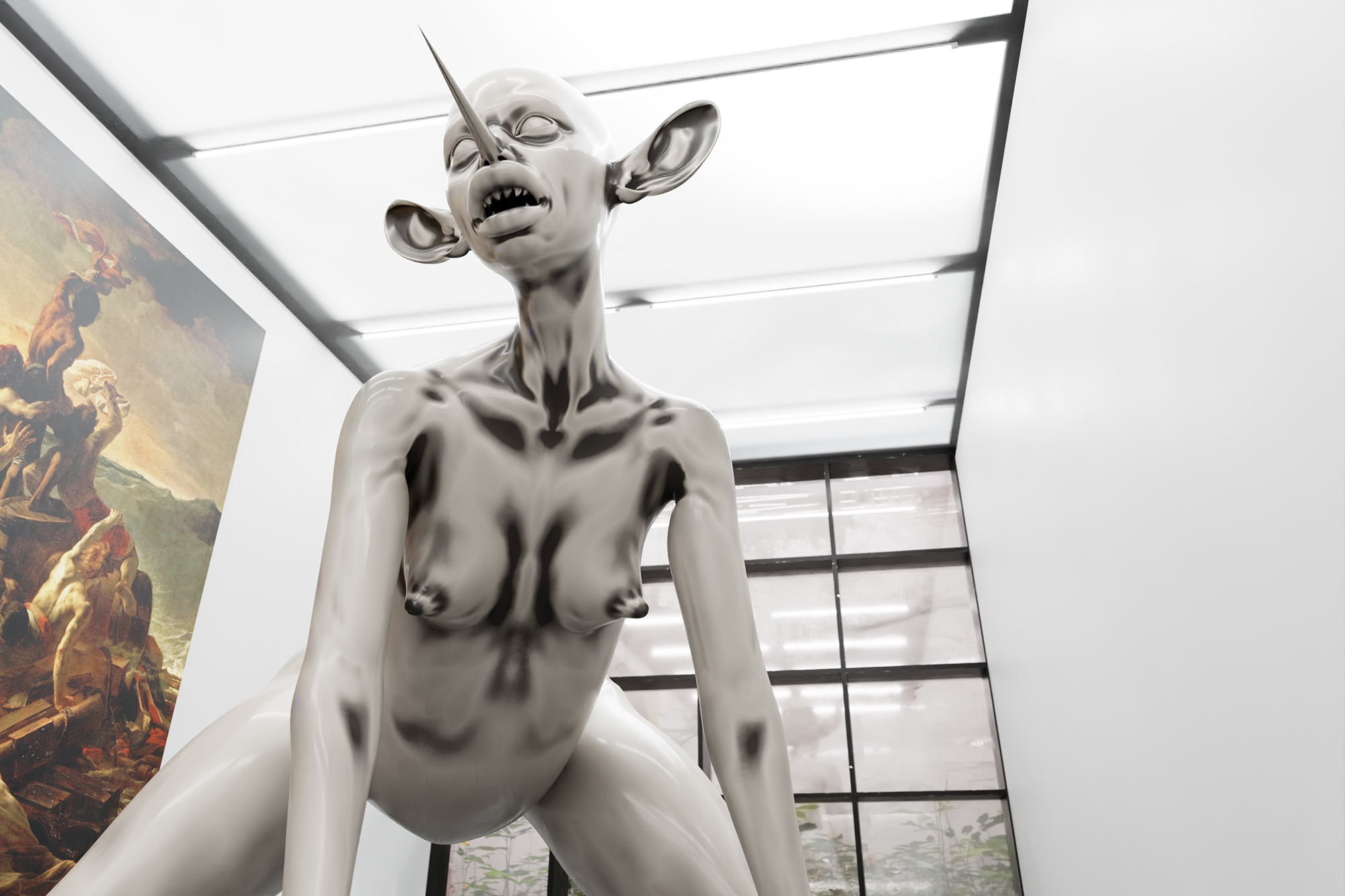
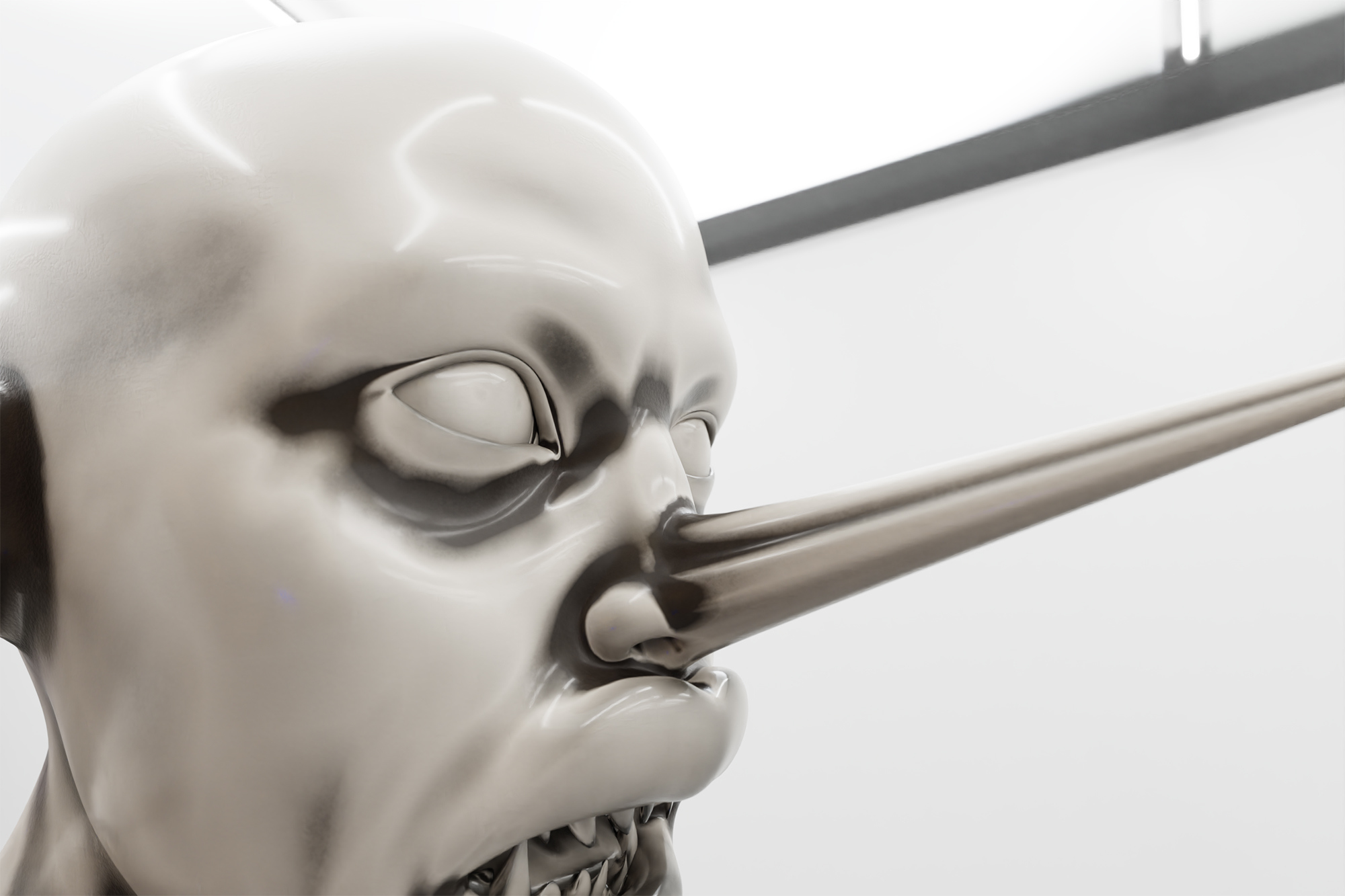
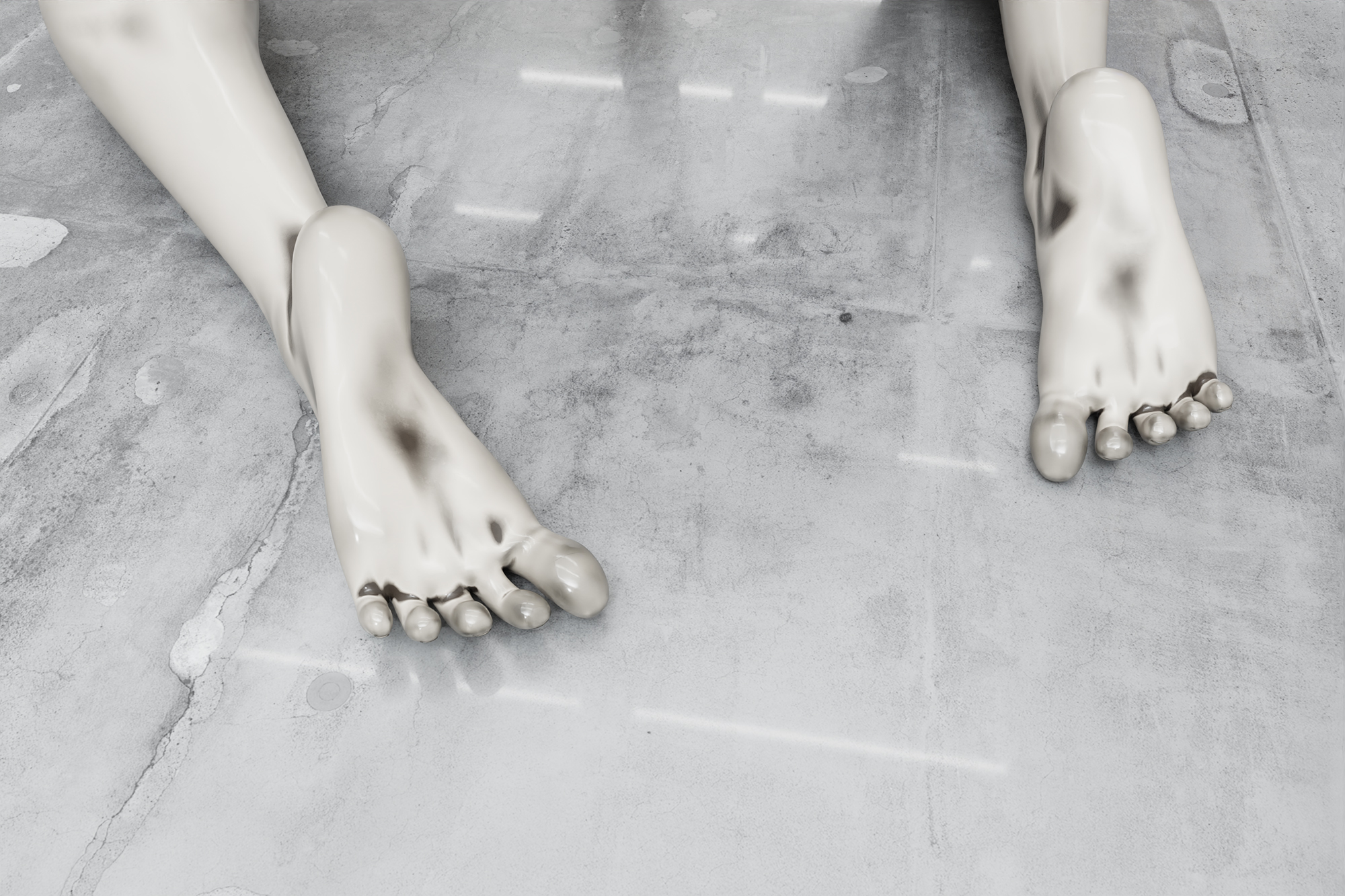
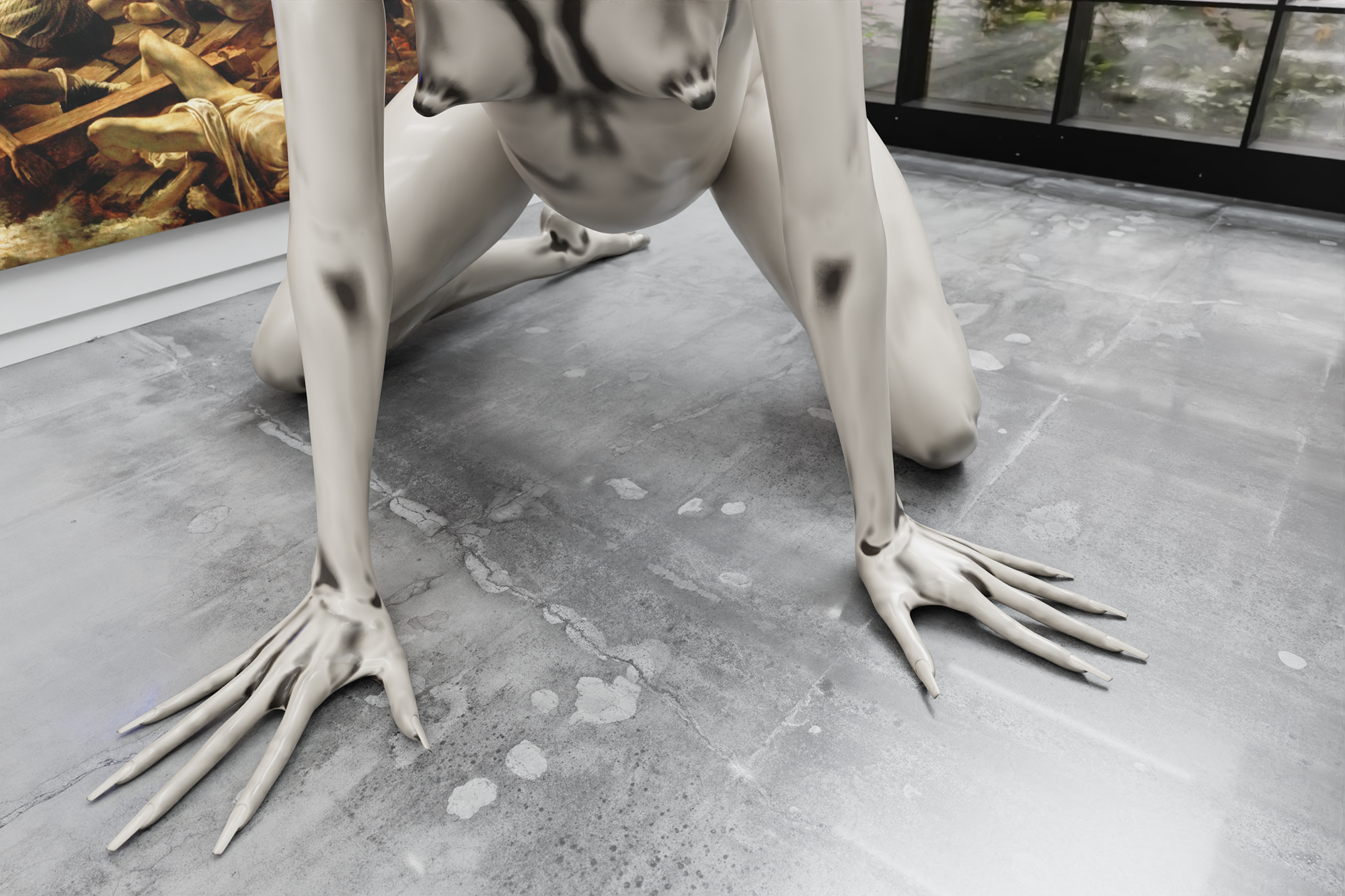
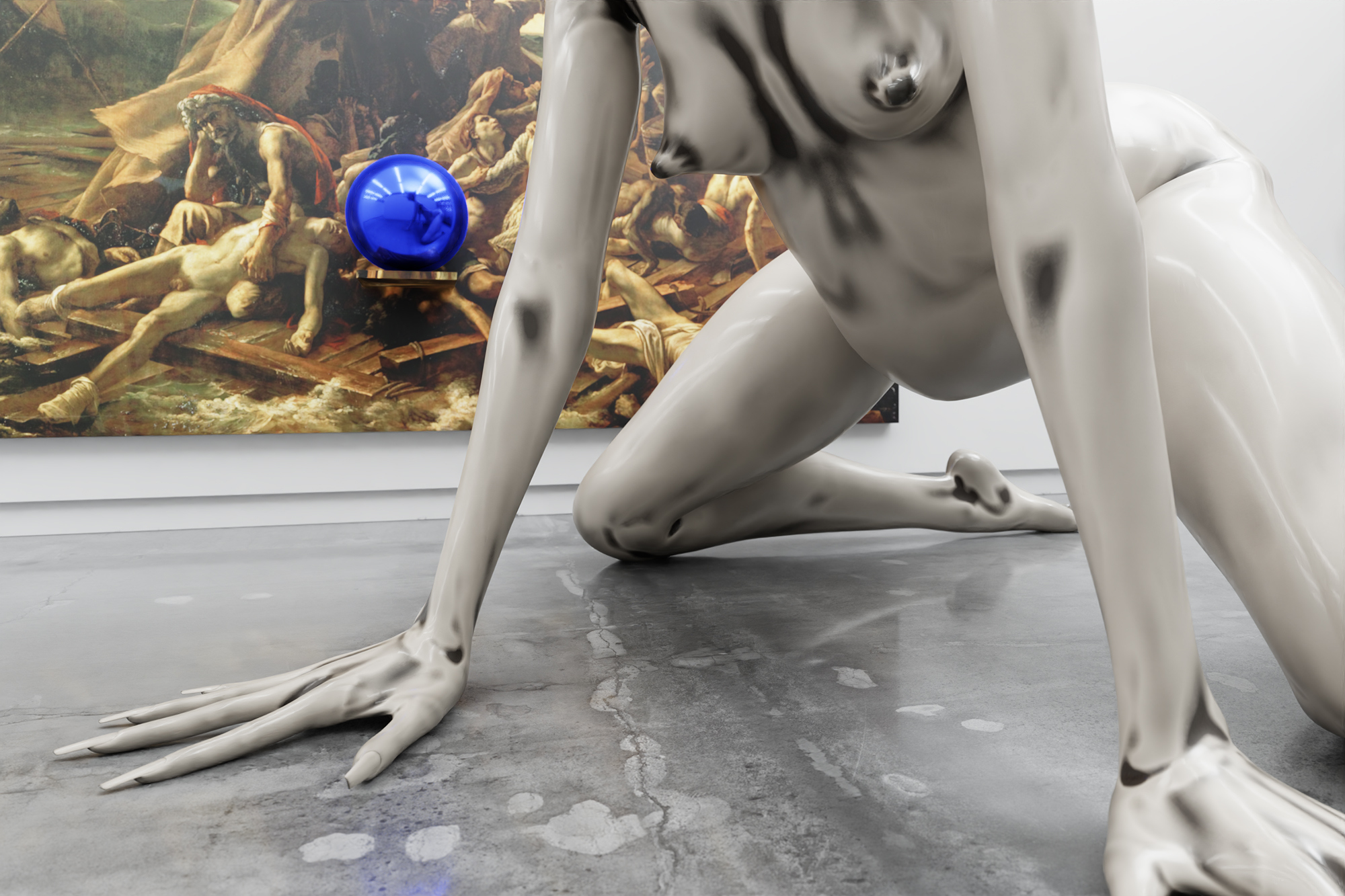
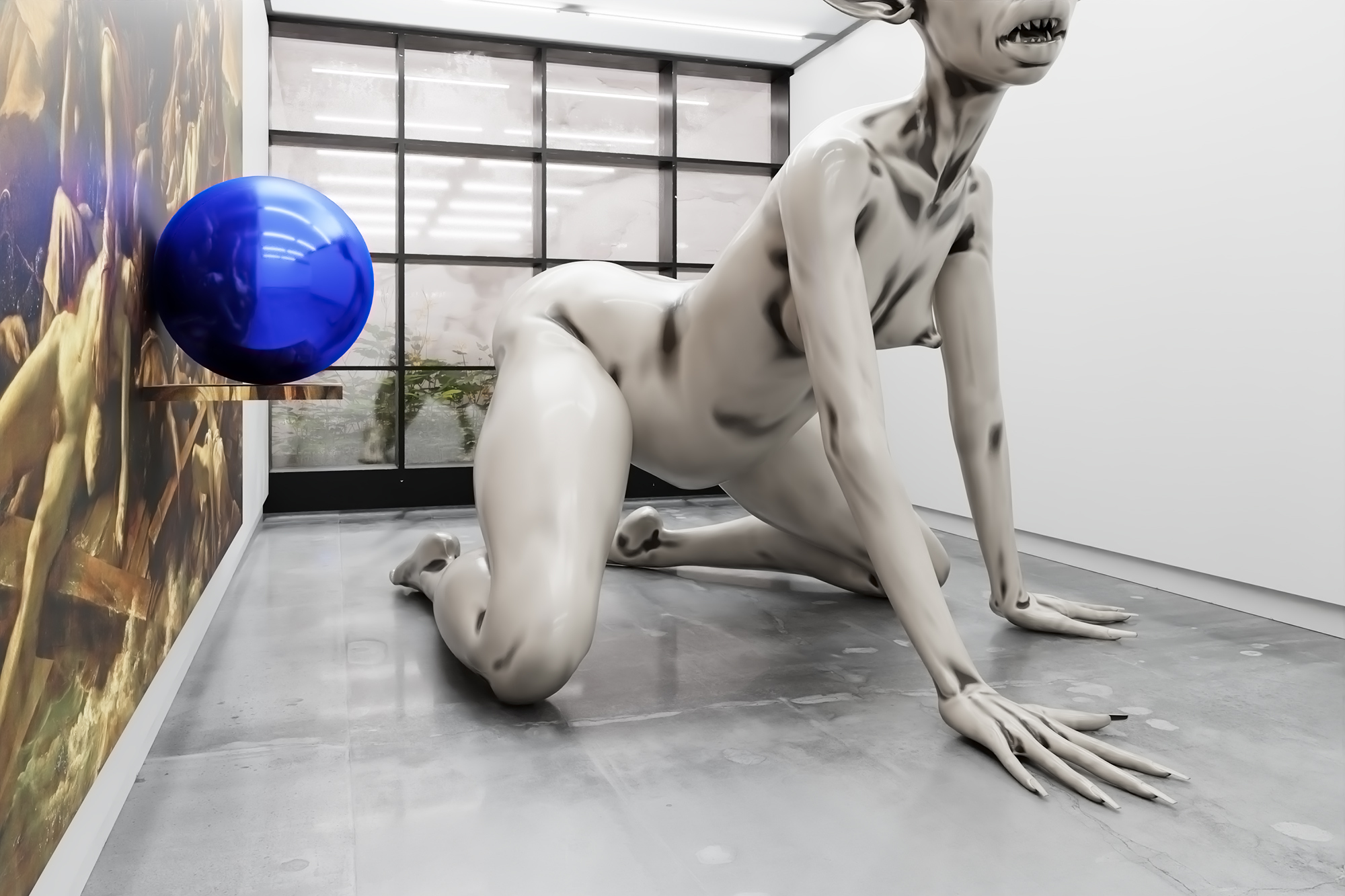
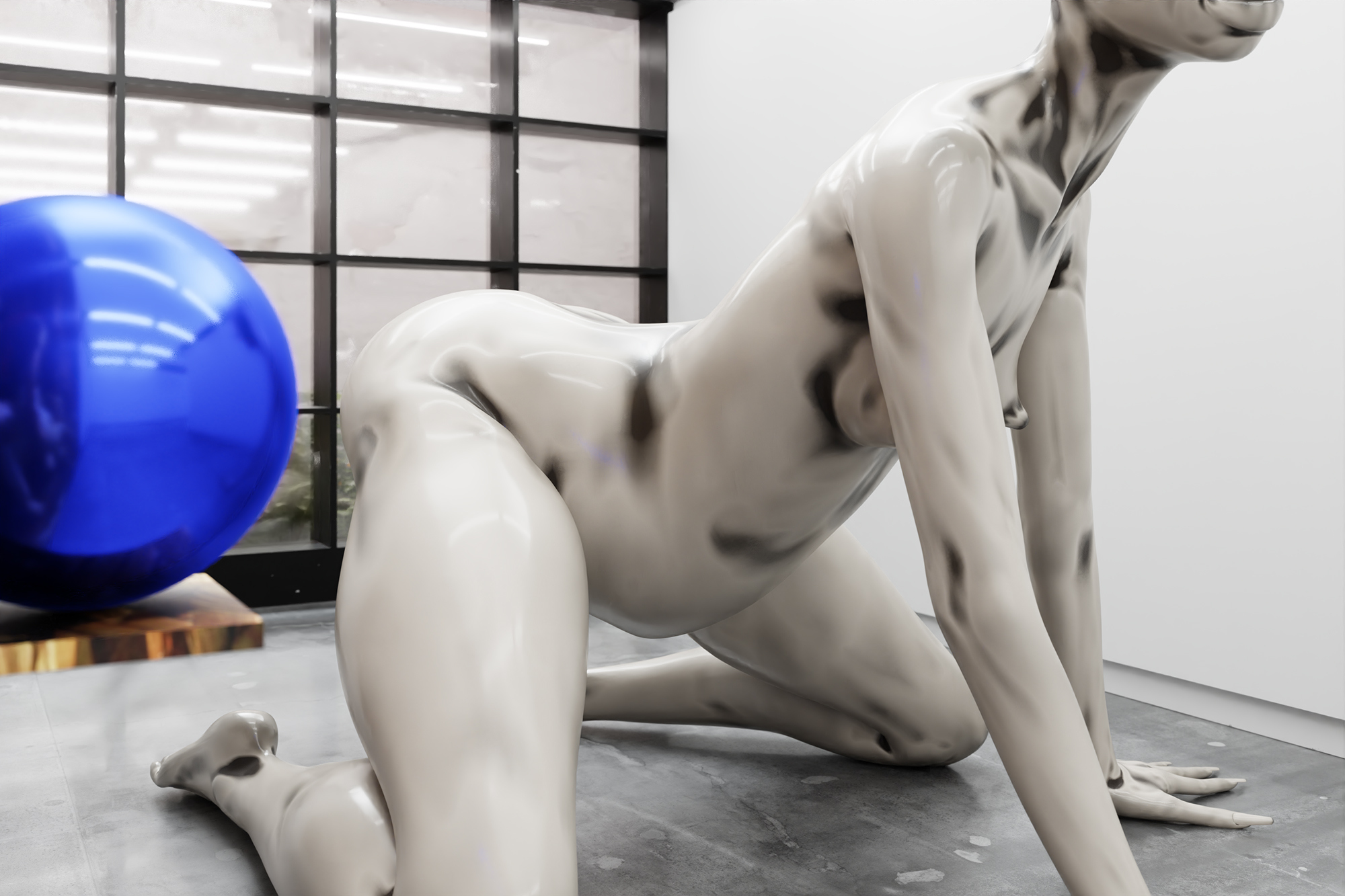
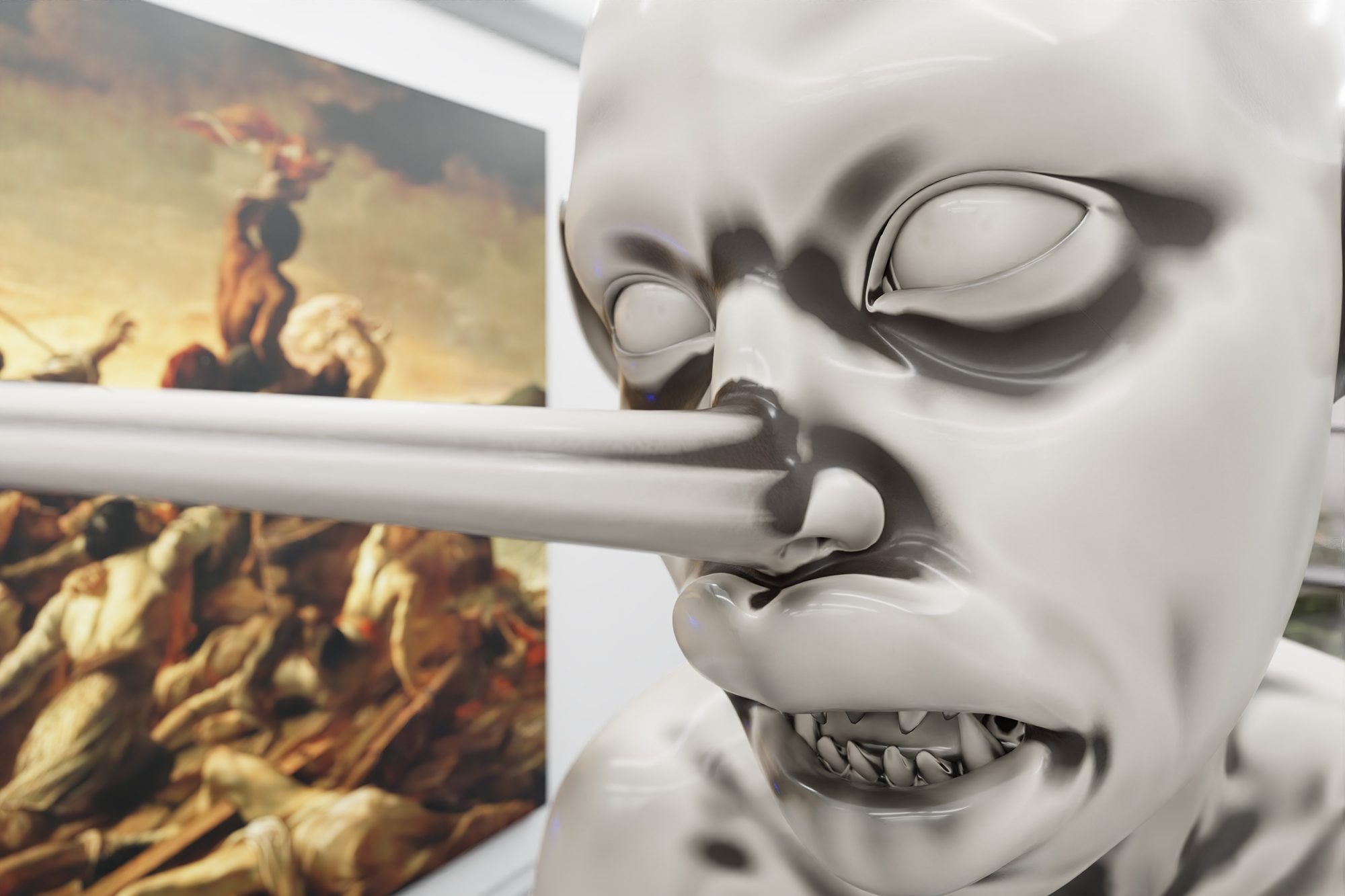
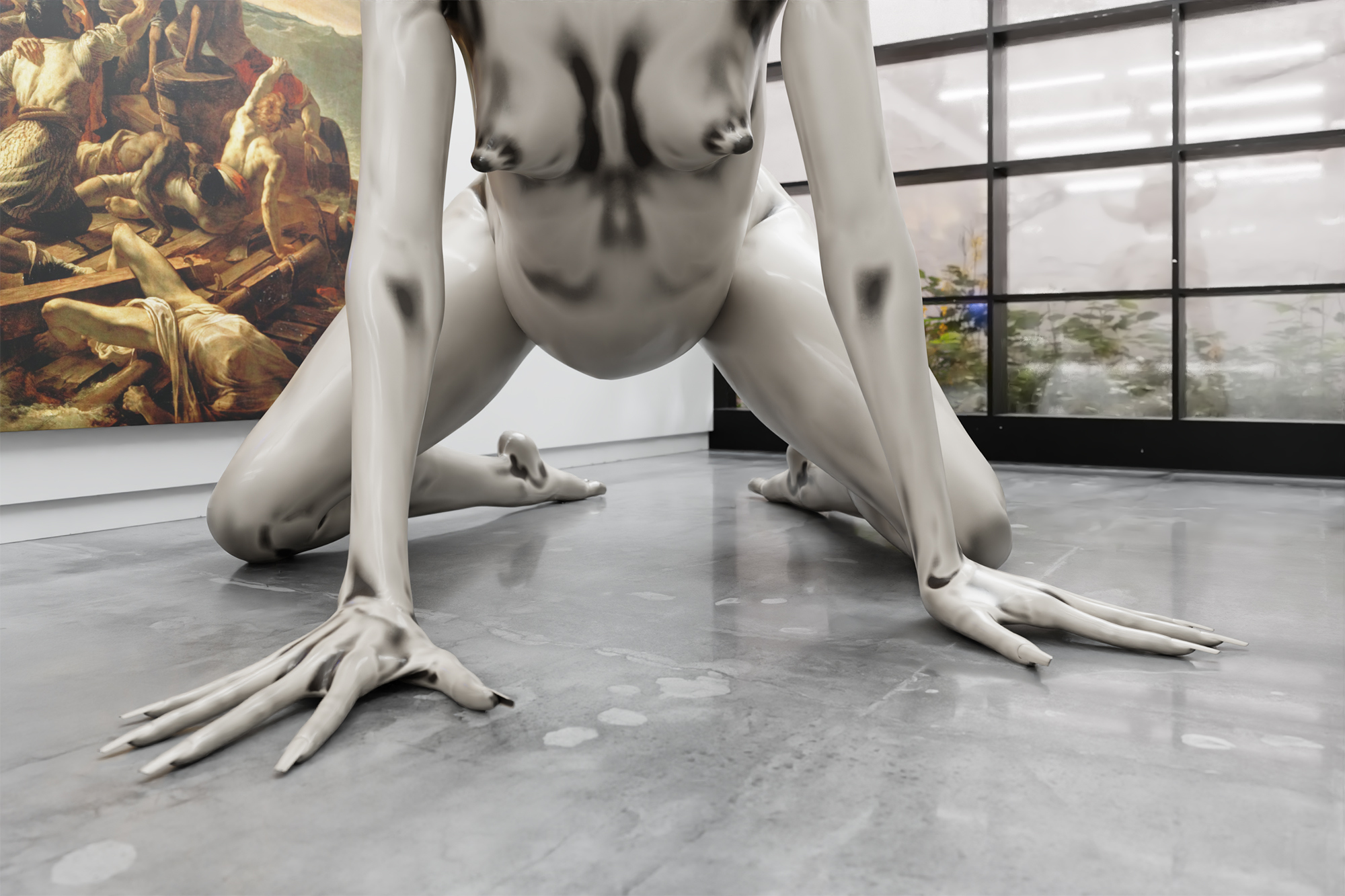
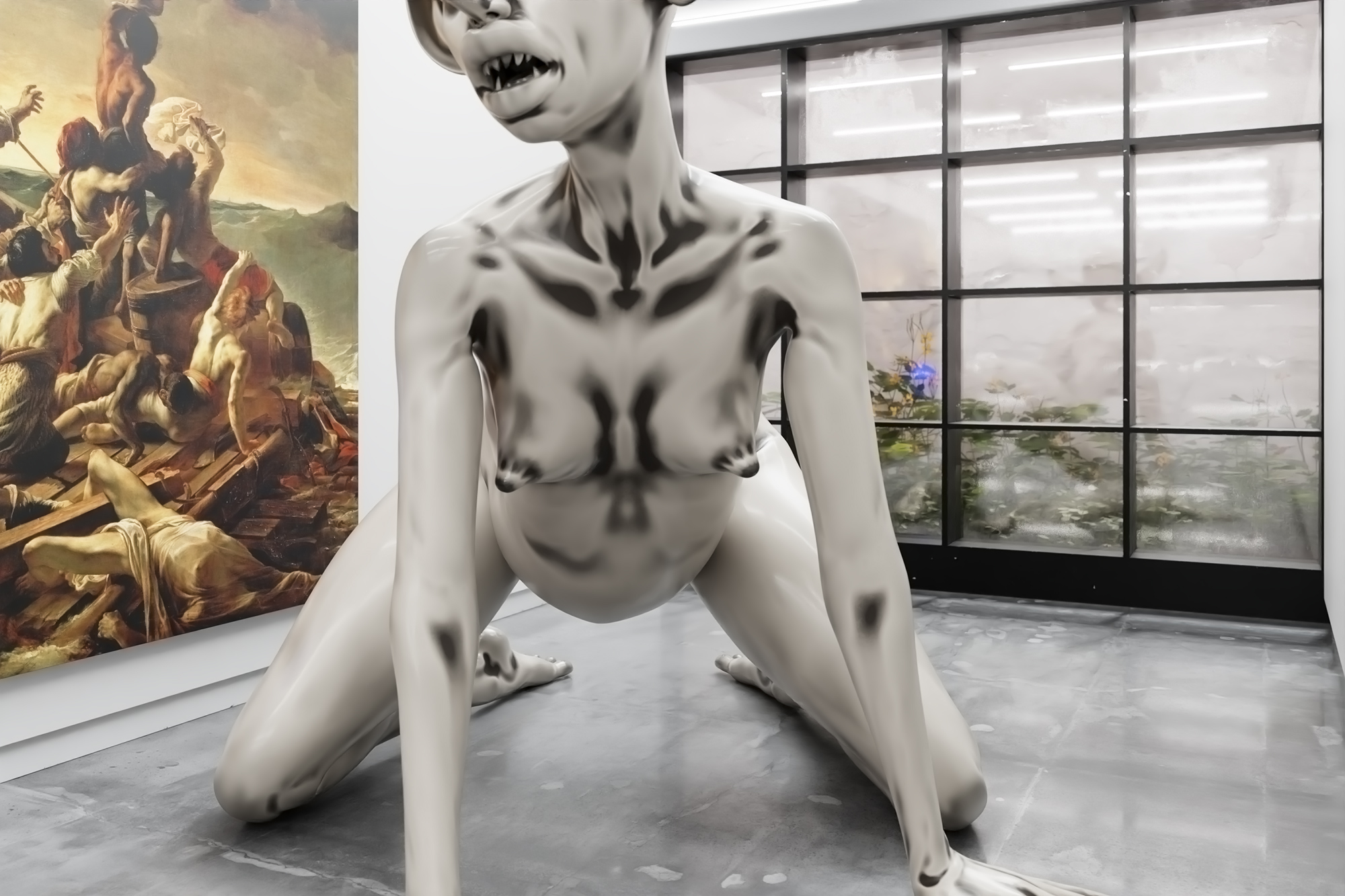
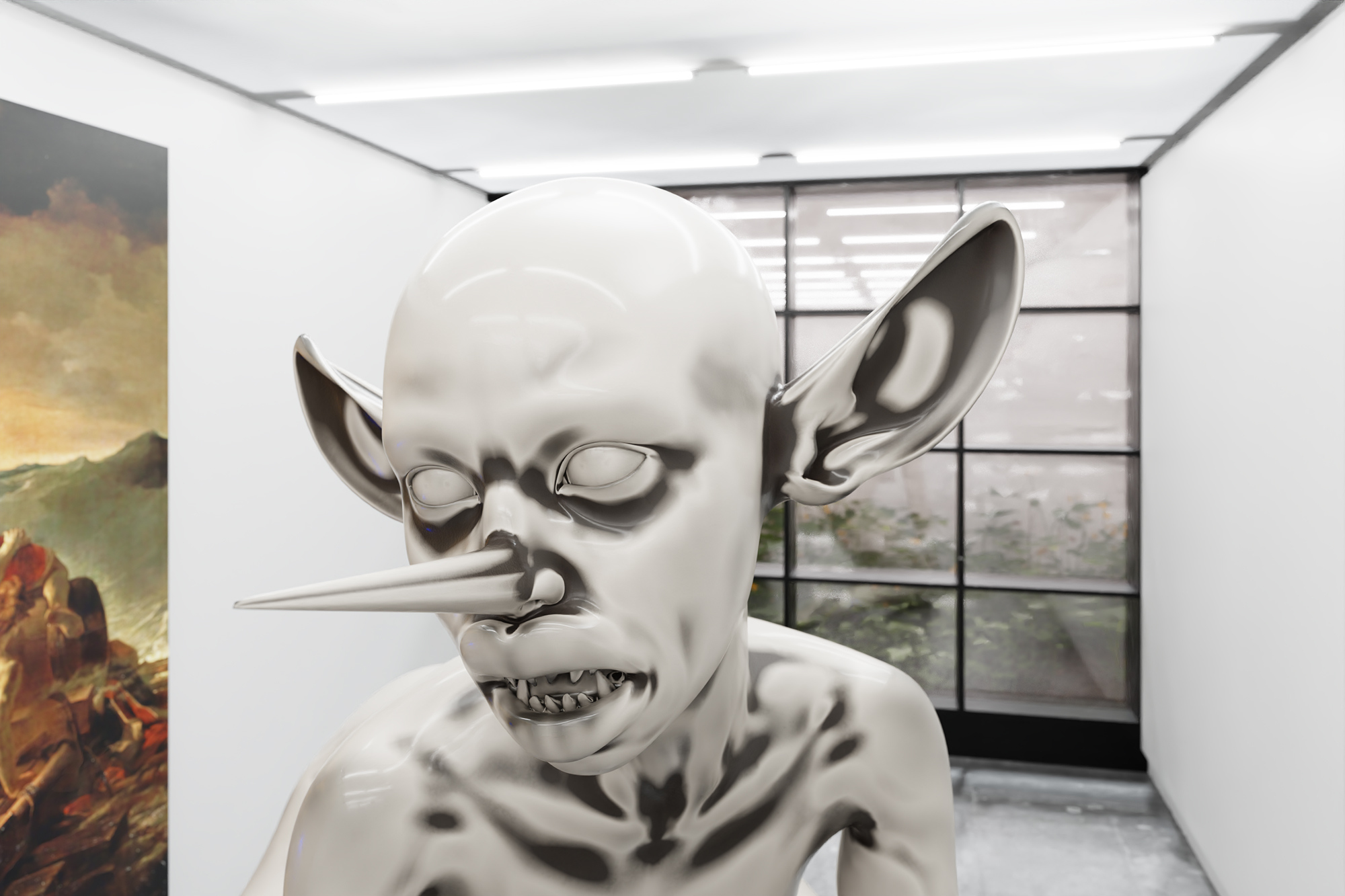
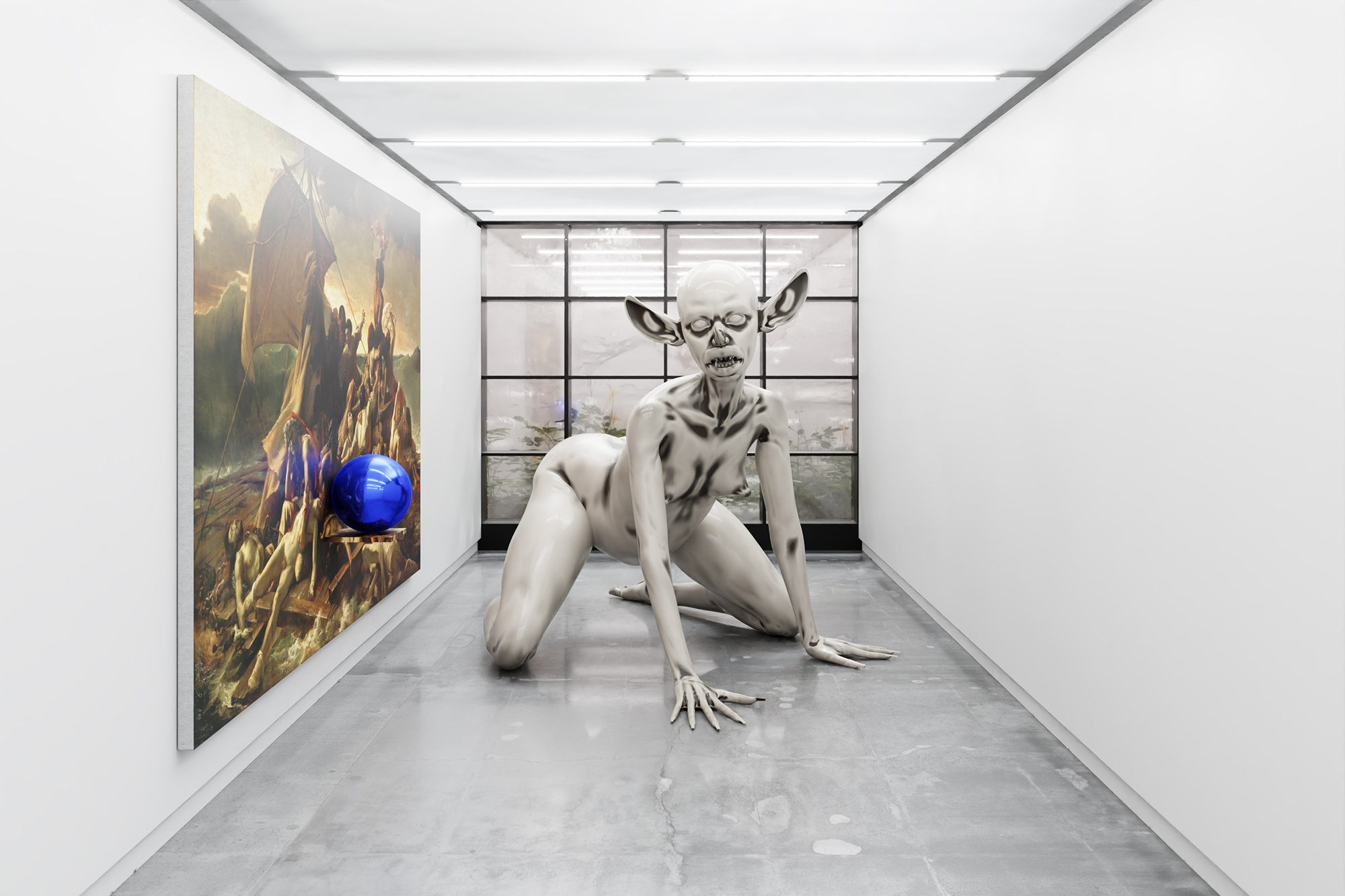
Sweet World I
For its first act, Sweet World stages an encounter: Travis John Ficarra’s Chocolate Goblin vis-à-vis Jeff Koons Gazing Ball (The Raft of the Medusa). Neither work simply occupies the space: they devour it, pressing against each other, two surfaces at war. One is polished to the point of fantasy, the other, candied, cracked, maybe already curdling.
Gazing Ball is pure ornament: an oil painting that outwardly beckons with its perfect, unblinking sphere. It might be a drop from heaven, or a marble prised from a child’s pocket. Yet, behind it, flesh sprawls across the raft in grisaille simulacta: bloated torsos, livid limbs, figures that clutch at nothing, their agony agleam with souvenir-sheen. Here lies human wreckage cellophaned in consumer culture, Gericault’s rot appropriated as kitsch monument. Koon’s practice is one that operates notoriously as factory, rerouting gesture and pigment with the kind of catholic precision wrought only by a legion of outsource. Always immaculate, complete.
Before the human wreckage sits the Gazing Ball, proud, squeaky-clean and lapis-blue. Where bodies rot, the orb reflects the fantasy of a world unimpeached. Tragedy and ornament are sutured: a raft that rots, a sphere that gleams. Together, a diptych of contemporary desire… this is enduring disaster commodified, and the narcotic illusion that beauty, symmetry and reflection can heal its fractures. The Ball is the fiction of completion; a pegleg of plenitude.
And into this fantasy lurches The Goblin, conversely, with a sticky insistence, saccharine and snarling. Before, she has haunted Melbourne’s Glasshouse and stormed Hobart’s DARK MOFO: now, she re-enters, harder, slower, carrying a weight that was not there before. She returns, not chastened, but meaner – gloss a little scraped back, edges exposed. Her creator, Travis John Ficarra, moves between painting, sculpture, and sound, his a multidisciplinary practice that foregrounds a deliberate disquiet.
A towering synthetic sentinel, the Goblin’s glossy shell cracks with implied violence. In refusing to be anything but veneer, she refuses to disclose interior, like Baudrillard made grotesque: her glossy body does not conceal absence or mask violence, but rather embodies a violence wrought through its prettiness, the force of the superficial, the denial of depth, and the suffocation of context. She is a kawaii plasticity that threatens, like a blind box figurine deformed, or a Chobits persocom with a motherboard corroded. Like Koon’s balloon dogs, she insists on surface, but unlike Koons, her gleam corrodes in its own sepsis.
Not by happenstance, these two works are arranged as mythic foils, each nourishing and poisoning the other. The show at Sweet World makes its home in the fulcrum that emerges between Koon’s Gazing Ball and Ficarra’s Chocolate Goblin: gloss and fracture; the prayer and its blasphemy; the banquet and its purge. The show insists on lingering at this doorsill, enduring in that queasy simultaneity, wherein the audience may also inhabit the glint between fiction and reality.
Both works begird the same uneasy law: allure carries threat, and surface masks the wound. Attraction and disturbance blur, feed, and undo one another, endlessly.
Ariane Jacarini
